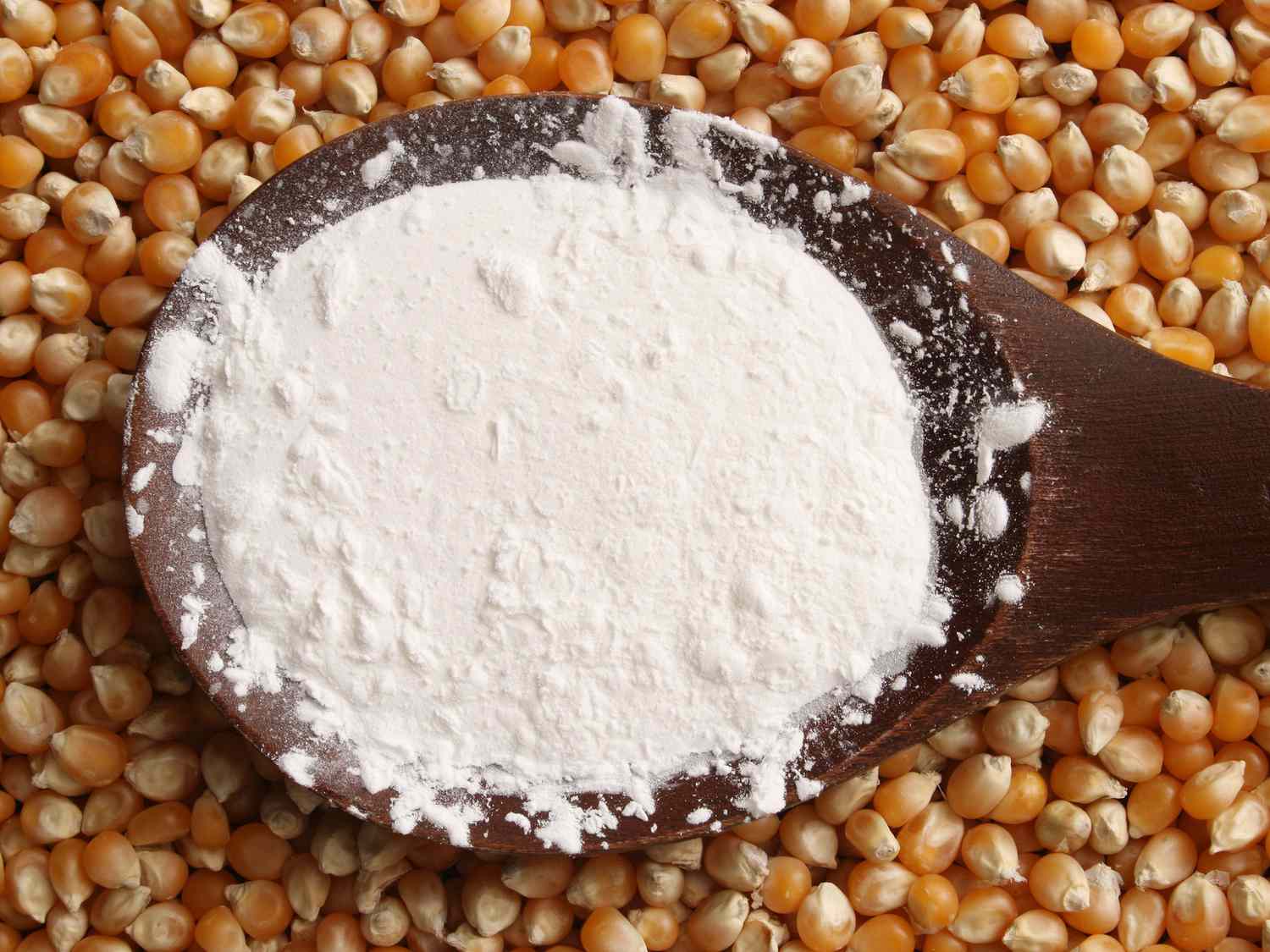How To Add Protein To Vegetable Soup
Vegetable soup is a delicious and nutritious meal option, but sometimes you may find yourself wanting to boost its protein content. Whether you’re following a vegetarian or vegan diet, or simply looking to increase your protein intake, there are several creative ways to add protein to your vegetable soup. In this article, we will explore some easy and delicious ways to give your vegetable soup that much-needed protein punch.
1. Legumes
Legumes, such as lentils and beans, are excellent sources of plant-based protein. They not only add protein to your vegetable soup but also provide a hearty texture and flavor. You can opt for canned or dried legumes, depending on your preference and time availability. Simply add them to your soup during the cooking process and let them simmer until tender. Consider using black beans, chickpeas, or red lentils for a versatile and protein-packed addition to your vegetable soup.
2. Tofu or Tempeh
If you’re looking for a soy-based protein source, tofu or tempeh can be excellent choices. Both tofu and tempeh have high protein content and can absorb the flavors of your soup. For tofu, dice it into small cubes and add it towards the end of the cooking process. This will allow it to evenly distribute within the soup and soak up the flavors. Tempeh, on the other hand, can be crumbled or sliced and added at the beginning of cooking to infuse its nutty flavor throughout the soup.
3. Quinoa or Barley
Adding whole grains like quinoa or barley to your vegetable soup not only increases the protein content but also contributes to a heartier texture. Quinoa is a complete protein source and cooks relatively quickly. Rinse it thoroughly before adding it to your soup and let it simmer until tender. Barley, known for its chewy texture and nutty flavor, also adds protein and fiber to your vegetable soup. You may need to increase the cooking time when using barley, as it takes longer to soften.
4. Nuts and Seeds
Nuts and seeds are not only fantastic sources of protein but also add a delicious crunch to your vegetable soup. Consider adding crushed almonds, pumpkin seeds, or sunflower seeds to your soup just before serving. You can also sprinkle some chia seeds or flaxseeds on top as a garnish. Not only will this boost your soup’s protein content, but it will also provide essential fats and nutrients.
5. Nutritional Yeast
Nutritional yeast is a popular ingredient among plant-based eaters, thanks to its cheesy flavor and high protein content. Add a sprinkle of nutritional yeast to your vegetable soup for a savory boost of protein. It also provides essential B vitamins, making it a nutritious addition to your meal.
By incorporating these protein-rich ingredients, you can easily elevate the nutritional value of your vegetable soup. Feel free to experiment with different combinations and quantities to find the perfect balance of flavors and protein content. Enjoy your protein-packed vegetable soup and reap the benefits of a nourishing and satisfying meal.
Recipes to Enhance Your Protein-Packed Vegetable Soups
After mastering the art of adding protein to vegetable soups, you'll find a wealth of recipes to practice your new skills. For a hearty meal that satisfies, try the Hearty Lentil and Vegetable Soup, which combines the protein-rich lentils with a variety of vegetables for a nutritious dish. Another recommended choice is the Chickpea Minestrone Soup, where chickpeas add a protein boost to the classic Italian favorite, making it both filling and flavorful. If you're in the mood for something innovative, the Tofu and Mushroom Miso Soup offers a delightful fusion of East Asian flavors with protein-packed tofu. Each of these recipes provides a delicious way to apply the techniques from the guide, enhancing your meals with both taste and nutritional value.
1. Add legumes: Legumes such as lentils, chickpeas, or black beans are excellent sources of protein. You can add cooked legumes directly to the soup or incorporate them by using pureed beans as a thickening agent.
2. Include tofu or tempeh: These plant-based protein sources are incredibly versatile and can be added to vegetable soup for an extra boost of protein. Make sure to dice or cube them into bite-sized pieces before adding them to the soup.
3. Use seitan or textured vegetable protein (TVP): Seitan is a wheat-based protein that can be added to soup to increase its protein content. Textured vegetable protein is another option and works well as a meat substitute.
4. Opt for quinoa or barley: These grains contain a decent amount of protein and can be cooked directly in the soup. They not only add protein but also provide a hearty texture to the dish.
5. Sprinkle with nuts or seeds: Adding a handful of nuts or seeds, such as almonds, pumpkin seeds, or sunflower seeds, will provide an additional protein boost and add some crunch to your vegetable soup.
Recipes to Enhance Your Protein-Packed Vegetable Soups
After mastering the art of adding protein to vegetable soups, you'll find a wealth of recipes to practice your new skills. For a hearty meal that satisfies, try the Hearty Lentil and Vegetable Soup, which combines the protein-rich lentils with a variety of vegetables for a nutritious dish. Another recommended choice is the Chickpea Minestrone Soup, where chickpeas add a protein boost to the classic Italian favorite, making it both filling and flavorful. If you're in the mood for something innovative, the Tofu and Mushroom Miso Soup offers a delightful fusion of East Asian flavors with protein-packed tofu. Each of these recipes provides a delicious way to apply the techniques from the guide, enhancing your meals with both taste and nutritional value.
Was this page helpful?
Read Next: How To Balance Too Much Onion In Soup











